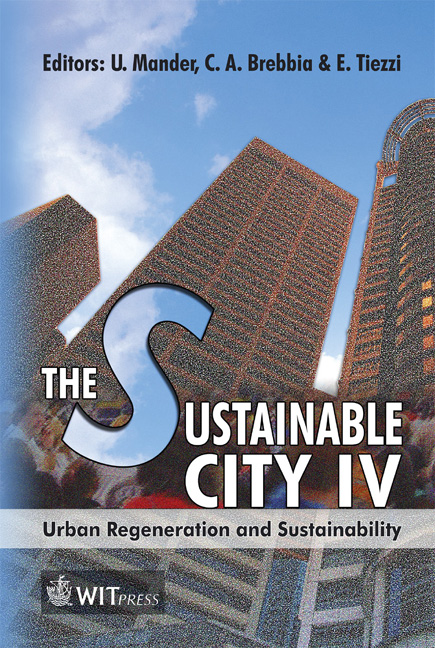Spatial-temporal Changes Of Regional Sustainability: An Empirical Study In Taiwan
Price
Free (open access)
Transaction
Volume
93
Pages
11
Published
2006
Size
1,319 kb
Paper DOI
10.2495/SC060231
Copyright
WIT Press
Author(s)
Y.-T. Hung & K.-W. Tsou
Abstract
Under trends of globalization, reforms of economic development environment have become the most important national strategy for enhancing competitiveness in developing countries. However, there are debates as to whether these reformed strategies have considerable impacts on regional sustainability. In order to assess the impacts on regional sustainability, this paper presents a cohesive procedure to analyze spatial-temporal changes of regional sustainability and a dimension-based conceptual framework of an indicators system for measuring regional sustainability. Based on seven key selected criteria and a conceptual framework of three dimensions that are widely perceived to be the major factors in Taiwan sustainability, 27 operational measuring indicators are identified. In the proposed analytic procedure, GIS is first used to manage and display the spatial-temporal database in Taiwan. Secondly, factor analysis is used to highlight the underlying multidimensionality and structure of relationships among the regional sustainability indicators for all municipalities in Taiwan. Cluster analysis is also used to simply explore the spatial-temporal changes that emerge from the analysis. In the empirical study, we find nine common sustainability factors and five heterogeneous spatial clusters. Results from of the GIS-based multivariate statistics will be discussed as well as concluded in the final section. Keywords: regional sustainability, spatial statistics, GIS.
Keywords
regional sustainability, spatial statistics, GIS.





